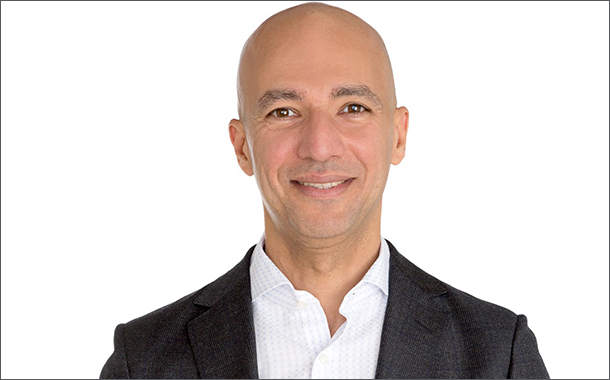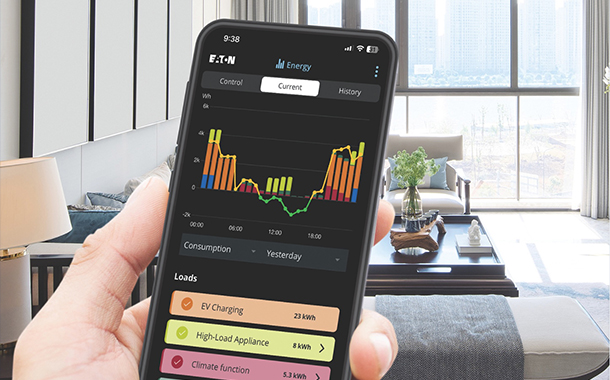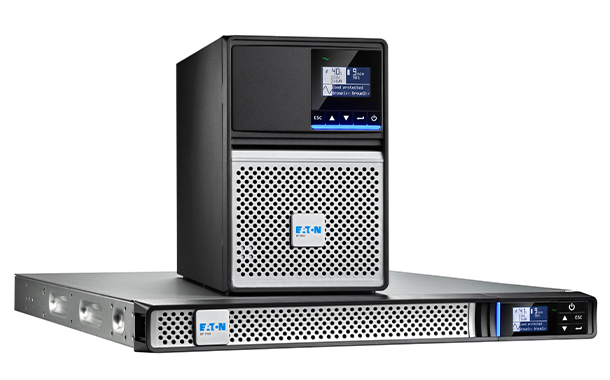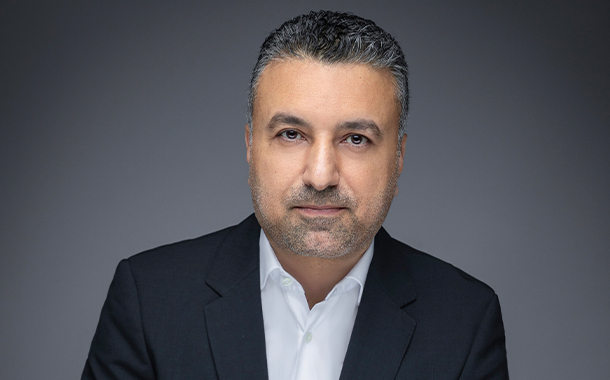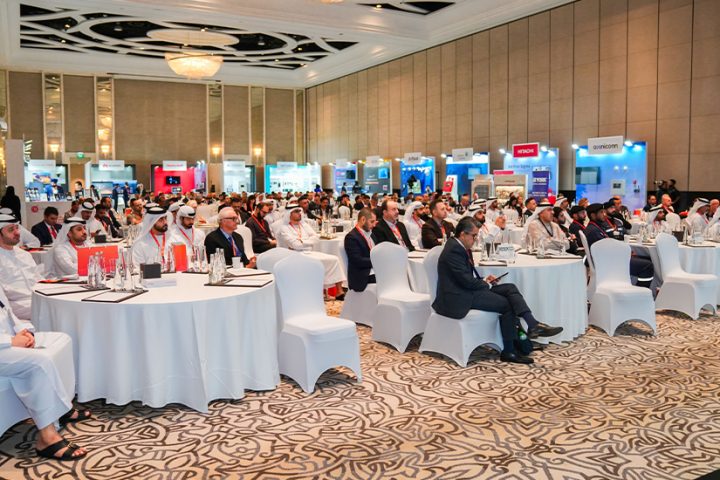For datacentre operators, the uninterruptible power supply UPS has long represented a critical safeguard against potentially damaging power anomalies, as well as vital battery backup to ensure business continuity during an unexpected power outage.
Yet thanks to new technology, datacentre UPSs now have the capability to achieve a dual benefit — transforming from a load on the grid to a value-generating asset. Most large-scale datacentres have deployed substantial battery banks to provide adequate backup in the event of a blackout.
The reality is batteries sit unused vast majority of the time because power outages occur infrequently
Yet the reality is, these batteries sit unused the vast majority of the time because power outages occur infrequently. Operators in today’s hyperscale, multi-tenant and other large datacentres now have the opportunity to leverage this underutilised asset, turning their UPS into a profit center and supporting the grid as a distributed energy resource.
UPSs have the capability to deliver dual benefit — transforming from a load on the grid to a value-generating asset
With Eaton’s EnergyAware technology, the UPSs can help organisations optimise the energy costs and generate additional revenue as markets open up for grid services. Opportunities include providing peak shaving to help avoid or reduce demand charges; shifting energy consumption for time-of-use rate optimisation; and providing frequency regulation to help grid operators meet explosive growth demands.
Opportunities include providing peak shaving to help avoid or reduce demand charges
The energy aware technology also enhances faster adoption of renewable energy into the power grid improving the sustainability score for datacentres.
Large-scale datacentres have deployed battery banks to provide adequate backup in the event of a blackout
Current methods of datacentre design involve a mix and match approach to component selection and often utilise products from multiple manufacturers to completing the power chain. This approach has served us well for the last 30 years but cannot deliver the expectations of the next generation of customer and the datacentres they require.
UPSs can help organisations optimise energy costs and generate additional revenue as markets open up for grid services
Accelerated construction programs and leaner builds require a more integrated system-level approach that can shave cost and improve uptime. Manufacturers are ideally positioned to combine complete component understanding with deep-dive design experience to produce a more finely tuned electrical system.
This results in not just performance gains for the customer but also significant cost savings across the complete life cycle of the datacentre from the initial build to end of life.
Shifting energy consumption for time-of-use rate optimization
A systems level approach to design will define the future of datacentres. Eaton has a vision for the future of the datacentre which is as smart and nimble as the systems which run on it. By advocating a systems approach to data infrastructure and working with partners across the industry to realise standards and methods which help us to navigate the change we know is coming, Eaton wants to bring about the datacentre of the future.
Providing frequency regulation to help grid operators meet explosive growth demands
Eaton is a power management company, providing energy-efficient solutions that help customers use electrical, fluid, and mechanical power more reliably, efficiently, safely, and sustainably. Eaton provides mission-critical datacentre solutions, including backup power protection and power distribution equipment that ensure a steady flow of high-quality power.
These solutions offer higher availability and reliability to accommodate lower power and cooling redundancy for less downtime. Its solutions help manage your datacentre power and fit-for-purpose thermal management system as strategic assets that drive real business results.
Operators in large datacentres have the opportunity to transform their UPS into a profit center, supporting the grid as a distributed energy resource.

